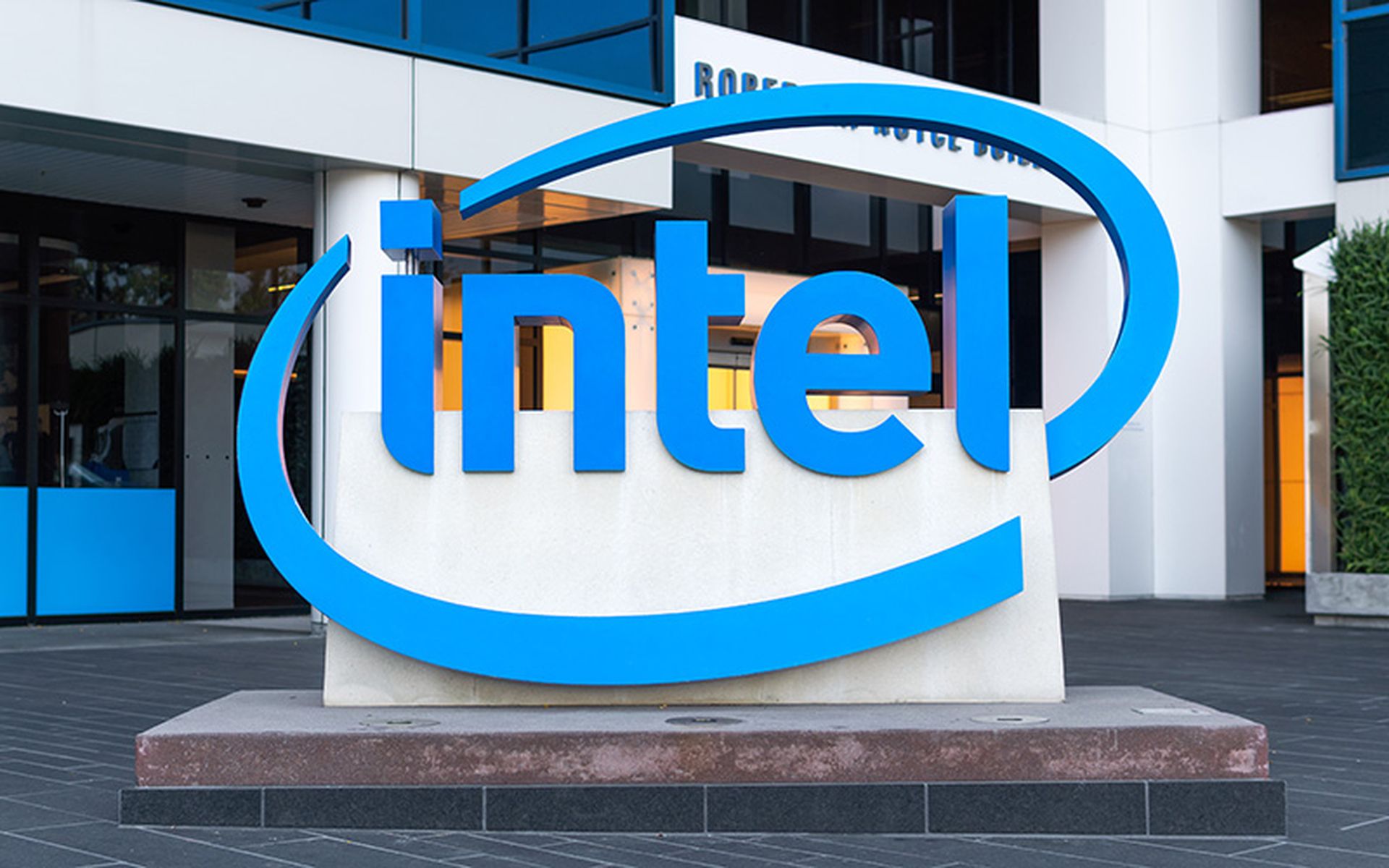
Autotask, as expected, has launched a "unified" business management platform that blends PSA (professional services automation) and RMM (remote monitoring and management) capabilities into a single system. More than 1,000 Autotask customers are already on the unified system, which the company quietly rolled out to selected IT service providers around February 2016 before making it generally available to the masses. The big question: What makes Autotask unique in a PSA-RMM integration race that now involves numerous software companies?
No doubt, a lengthy list of third-party PSA and RMM systems integrate with one another. ConnectWise sparked the deeper integration race when it invested in LabTech Software in 2010 before reorganizing the RMM business under its corporate umbrella in 2015. Kaseya and SolarWinds N-able, meanwhile, have also pushed beyond their RMM heritage with PSA and IT service management offerings, respectively.
So what makes Autotask unique with unified PSA-RMM? VP of Product Management Patrick Burns says current third-party market options offer basic integration -- but "integration isn't good enough. Our view is they were meant to be one product. You need to manage devices and the services around those devices." Hence, RMM and PSA become one. He says current market options are typically a "baton hand-off" between PSA and RMM -- rather than a truly unified experience that creates a singular world for the MSP.
Autotask Says Automation Meets Integration
Autotask says the unified PSA-RMM platform offers multiple benefits, though the company points most specifically top these five:
- Intelligent alert handling for efficient ticketing, dispatch and automatic elimination of duplicates
- Technician productivity due to seamless alert/ticket/device integration
- Understanding and management of computing estate due to real-time asset synchronization
- Service quality due to workflow automation and data accessibility
- Strategic insight from RMM analytics dashboards and integrated reporting
Jumping to the new platform requires "very little" training for existing Autotask customers, Burns says. Autotask offered some white glove assistance for some early MSP deployments, but the system now has a user guide to ease set-up.
Analytics also are core to the new platform, according to Joe Rouke, director of product management at Autotask. Operational dashboards tell MSPs (A) what to do right and now (B) what to do next. Over time, it's a safe bet Autotask will evolve the system so that all data is centralized and unified across the RMM and PSA offerings.
The Larger Opportunity
Autotask originally intended to hunker down in the PSA market, leaving RMM to software partners. But CEO Mark Cattini had a change of heart in 2014 and the company acquired CentraStage. Fast forward to the present and Autotask has about 7,000 PSA customers and 2,000 RMM customers, Burns told ChannelE2E. Roughly 1,000 of those customers are running Autotask's PSA and RMM in tandem, he added. Clearly, the opportunity to upsell and cross-sell that IT service provider base is quite large.
Autotask appears to be ramping up for the cross-sell push. In the past six months, Autotask has hired 119 new employees — 78 of those in sales, according to the Albany Business Review. The company increased new bookings by 46 percent last year and anticipates the same increase for 2016, the newspaper reported.
Looking down the road, watch for Autotask's file sync and sharing platform -- Autotask Workplace -- to become a document management engine for the company's PSA system. But the near-term focus is on promoting unified PSA-RMM, while also educating MSPs to resell Workplace into end-customer settings.
Same But Different
As we've pointed out, a lengthy list of rivals (ConnectWise, SolarWinds N-able, Kaseya, etc.) stand ready with their own integrated PSA-RMM offerings. And the integrations won't end there. ConnectWise is deeply embedding ScreenConnect -- a remote control software platform -- into LabTech (watch for updates at ConnectWise's Automation Nation 2016 conference in June). SolarWinds made a similar move with N-able N-central 10.2, which includes new remote control features.
There are also some fundamental differences in the Autotask and ConnectWise strategies. For starters, Autotask is obsessed with endpoint management -- believing that ranks among the biggest opportunities for MSPs. ConnectWise's LabTech team has been equally fanatical about endpoint management, but the overall company has also branched out into cloud workload management. The new ConnectWise CloudConsole allows MSPs to manage Office 365 today, with Microsoft Azure management capabilities expected this summer.
On the one hand I wonder if Autotask needs to introduce some of its own cloud management tools. But on the other, the Autotask strategy -- unified PSA-RMM -- seems to be humming along, with potential acceleration arriving now that the latest platform release has arrived...




